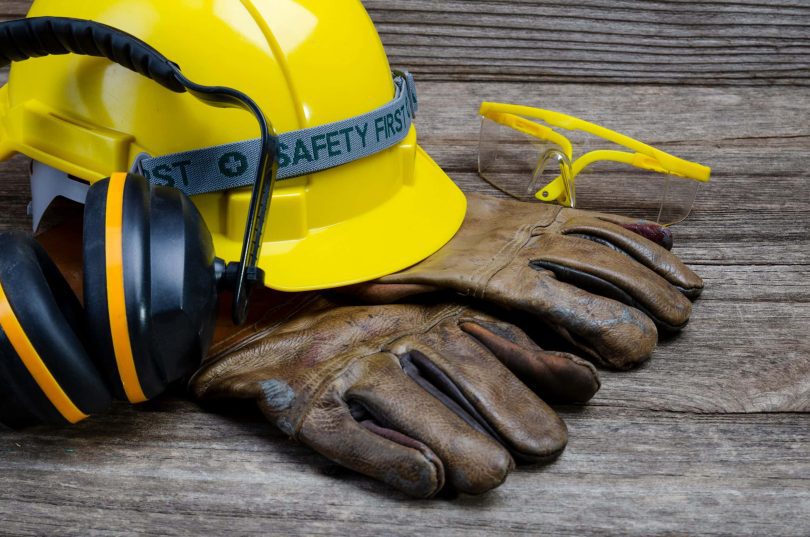Material handling plays a vital role in industries ranging from pharmaceuticals to aerospace. But did you know that materials behave differently depending on the environment they are handled in? For many industries, non-reactive environments provide the ideal solution for preserving the integrity of materials while optimizing operational safety and efficiency.
This article explores how non-reactive environments improve material handling, highlighting their benefits and practical applications. By the end, you’ll understand why this approach is indispensable for handling sensitive materials, and how it could revolutionize processes in your organization.
What Are Non-Reactive Environments?
Non-reactive environments are environments where conditions are controlled to prevent unwanted chemical reactions. This often involves replacing reactive elements, such as oxygen or moisture, with inert components. For example, inert gases like argon or nitrogen are frequently used in controlled environments to minimize chemical reactivity.
These environments simulate conditions that are conducive to material stability. By eliminating the variables that lead to degradation, corrosion, or even explosions, non-reactive environments create safer and more efficient workflows for sensitive materials.
Why Non-Reactive Environments Matter
Some materials are prone to react to exposure to air, humidity, or other external factors. These reactions can compromise material quality, cause damage, and even lead to hazardous situations. Non-reactive environments prevent such occurrences, ensuring materials remain stable throughout handling processes.
Industries that rely on non-reactive environments include pharmaceuticals, electronics, aerospace, and food production, making it clear that this approach touches nearly every aspect of modern industry.
Key Benefits of Non-Reactive Environments for Material Handling
1. Improved Safety
Some materials can become highly volatile when exposed to air, moisture, or specific temperatures. For example, metallic powders and chemicals can pose fire and explosion risks if mishandled. Non-reactive environments eliminate the presence of reactive elements that trigger such hazards.
By filling processing chambers or handling systems with inert gases, the danger of combustion or oxidation is significantly reduced. This ensures safer working conditions for employees while minimizing the risk of costly equipment failures.
2. Preservation of Material Integrity
Certain materials degrade easily when exposed to oxygen or humidity. For instance, pharmaceuticals may lose potency, and metals may suffer from oxidation or rust. These degradation processes not only reduce material effectiveness but often result in significant economic losses.
Non-reactive environments extend the lifespan and usability of materials, protecting their integrity. This is particularly vital for industries where materials must meet stringent quality standards, such as electronics manufacturing or medical device assembly.
3. Higher Operational Precision
Many industrial processes are sensitive to environmental changes. For example, 3D printing metals and high-tech fabrications require precise atmospheric conditions to ensure flawless results. Non-reactive environments help maintain stable, controlled conditions, allowing for superior accuracy.
Processes such as laser welding, plasma cutting, and chemical storage all benefit from reduced environmental variables. This level of precision helps improve product consistency and minimizes manufacturing defects.
4. Enhanced Cost Efficiency
While establishing non-reactive environments may initially require investments in specialized equipment, the long-term savings often outweigh the costs. Preventing material spoilage lowers waste, and safer handling environments reduce incidents that could disrupt operations.
Additionally, many modern systems are designed for energy efficiency and automation within inert conditions, further optimizing operational expenses.
5. Regulatory Compliance
Depending on the industry, governments and regulatory bodies enforce strict guidelines on material handling processes. Unintended reactions during handling or production can lead to violations, resulting in fines or stricter audits. Non-reactive environments help businesses comply with these regulations by keeping materials within prescribed handling conditions.
Applications of Non-Reactive Environments
Pharmaceuticals and Food Processing
In these industries, maintaining purity is paramount. Non-reactive environments prevent contamination during processing and storage. For instance, chocolate and coffee producers often use inert gas to prevent spoilage caused by oxidation. Similarly, pharmaceutical companies rely on oxygen-free conditions to extend the shelf life of active compounds.
Aerospace and Electronics Manufacturing
High-tech materials, such as composites and rare metals, require precise handling under strictly controlled conditions. Non-reactive environments stabilize these materials, ensuring they meet rigorous performance standards during manufacturing.
Metal Fabrication and Chemical Processing
Processes like additive manufacturing (3D printing) and chemical synthesis depend heavily on inert conditions. Non-reactive environments prevent oxidation or moisture-induced failures, ensuring higher yields and improved quality control.
How to Achieve a Non-Reactive Environment
Creating a non-reactive environment requires careful planning and specialized equipment. Common approaches include:
- Using Sealed Chambers: Specialized systems reduce exposure to air by closing off production areas.
- Employing Inert Gases: Technologies that introduce gases like argon or nitrogen are widely available.
- Regular Monitoring: Advanced monitoring tools can detect moisture or oxygen levels, ensuring consistent conditions.
Many organizations also opt to consult with experts or invest in turnkey solutions that integrate non-reactive systems into existing workflows.
Non-Reactive Environments as a Business Advantage
Non-reactive environments are more than just a tool for maintaining safety and quality; they’re a strategic advantage. Companies adopting this approach not only reduce operation costs but also significantly improve product reliability. And with growing industry adoption, failure to consider non-reactive handling solutions could mean falling behind competitors.
If you’re exploring safer and more efficient ways to handle materials, consider leveraging non-reactive environments to transform your processes. They may just be the missing link to improved efficiency and product excellence.





